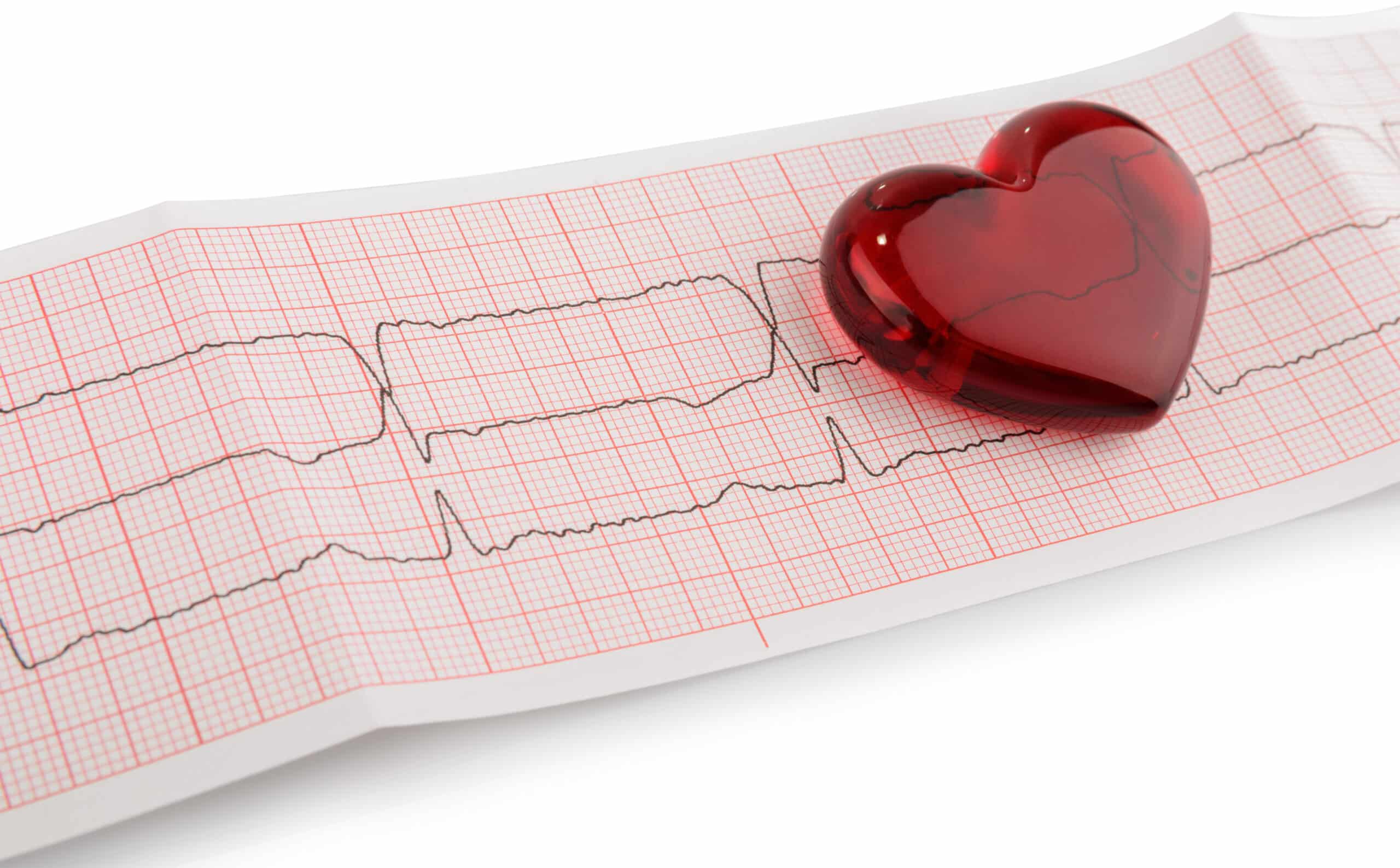Women with high amounts of pericardial fat are twice as likely to develop heart failure, while men are 50 percent more likely, according to the study, published in the May 24 online issue of the Journal of the American College of Cardiology. It is the largest study to identify the link between pericardial fat and heart failure, which could potentially lead to early intervention and heart disease prevention.
“For nearly two decades we have known that obesity, based on simple measurement of height and weight, can double one’s risk of heart failure, but now, we have gone a step further by using imaging technology to show that excess pericardial fat, perhaps due to its location close to the heart muscle, further augments the risk of this potentially fatal condition — heart failure” explains lead researcher Satish Kenchaiah, MD, Associate Professor of Medicine (Cardiology) at the Icahn School of Medicine at Mount Sinai. “This work provides us with an important tool to stratify patients into higher and lower risk of heart failure, which can possibly lead to early intervention and heart failure prevention to ultimately save people’s lives.”
Researchers involved with a multi-institutional collaboration examined the association between pericardial fat and the risk of heart failure by using chest computed tomography (CT) scans from the Multi-Ethnic Study of Atherosclerosis (MESA), a medical research study sponsored by the National Heart, Lung, and Blood Institute of the National Institutes of Health. This prospective study used CT scans from nearly 7,000 women and men between 45 and 84 years of age across the United States with diverse racial backgrounds to measure pericardial fat. None of the participants had evidence of heart disease when the study began.
Researchers followed these participants for more than 17 years and noted that almost 400 of them developed heart failure. Their analysis found that excess pericardial fat was associated with a higher risk of heart failure in both women and men, even after adjusting for established risk factors for heart failure such as age, cigarette smoking, alcohol consumption, sedentary lifestyle, high blood pressure, high blood sugar, high cholesterol, and heart attacks. After accounting for these risk factors for heart failure, high pericardial fat volume increased the risk of developing heart failure by approximately 100 percent, or double, in women and about 50 percent in men. For this study, the researchers defined excess or “high” pericardial fat volume as 70 cubic centimeters (2.4 fluid ounces) or more in women, and 120 cubic centimeters (4 fluid ounces) or more in men. Amounts below that were considered “normal.”
The researchers also reported that pericardial fat was weakly or moderately correlated with indicators of being overweight or obese such as body mass index, waist girth, hip circumference, and waist-to-hip ratio, and that it remained a risk factor for heart failure above and beyond the risk from being overweight or obese. In fact, pericardial fat was associated with new heart failure cases regardless of whether the participants were lean, overweight, or obese. Also, in a smaller sample of participants who underwent abdominal CT scans to determine the amount of belly fat beneath the skin and in the abdomen, pericardial fat predicted the risk of heart failure even after taking excess belly fat into consideration.
The link between pericardial fat and heart failure was similar among all racial and ethnic groups represented in the study: white, Black, Hispanic, and Chinese.
“Our research provides strong evidence that excess pericardial fat substantially raises the risk of heart failure,” says Dr. Kenchaiah. “Additional studies are needed to confirm our findings. Future research in this field should also focus on ways and means, such as eating a heart-healthy diet and staying physically active, to achieve and maintain optimal body weight and reduce and avoid fat deposition around the heart.”
“Underlying conditions, like obesity and high blood pressure, are known to increase the risk for heart failure, but these findings help investigators further study these associations, while potentially advancing research that helps explain sex-based differences in cardiovascular disease outcomes,” adds Cashell E. Jaquish, Ph.D., Project Officer for MESA within the Division of Cardiovascular Sciences at National Heart, Lung and Blood Institute.
Funding for this study was supported by the National Heart, Lung, and Blood Institute and the National Center for Advancing Translational Sciences.




